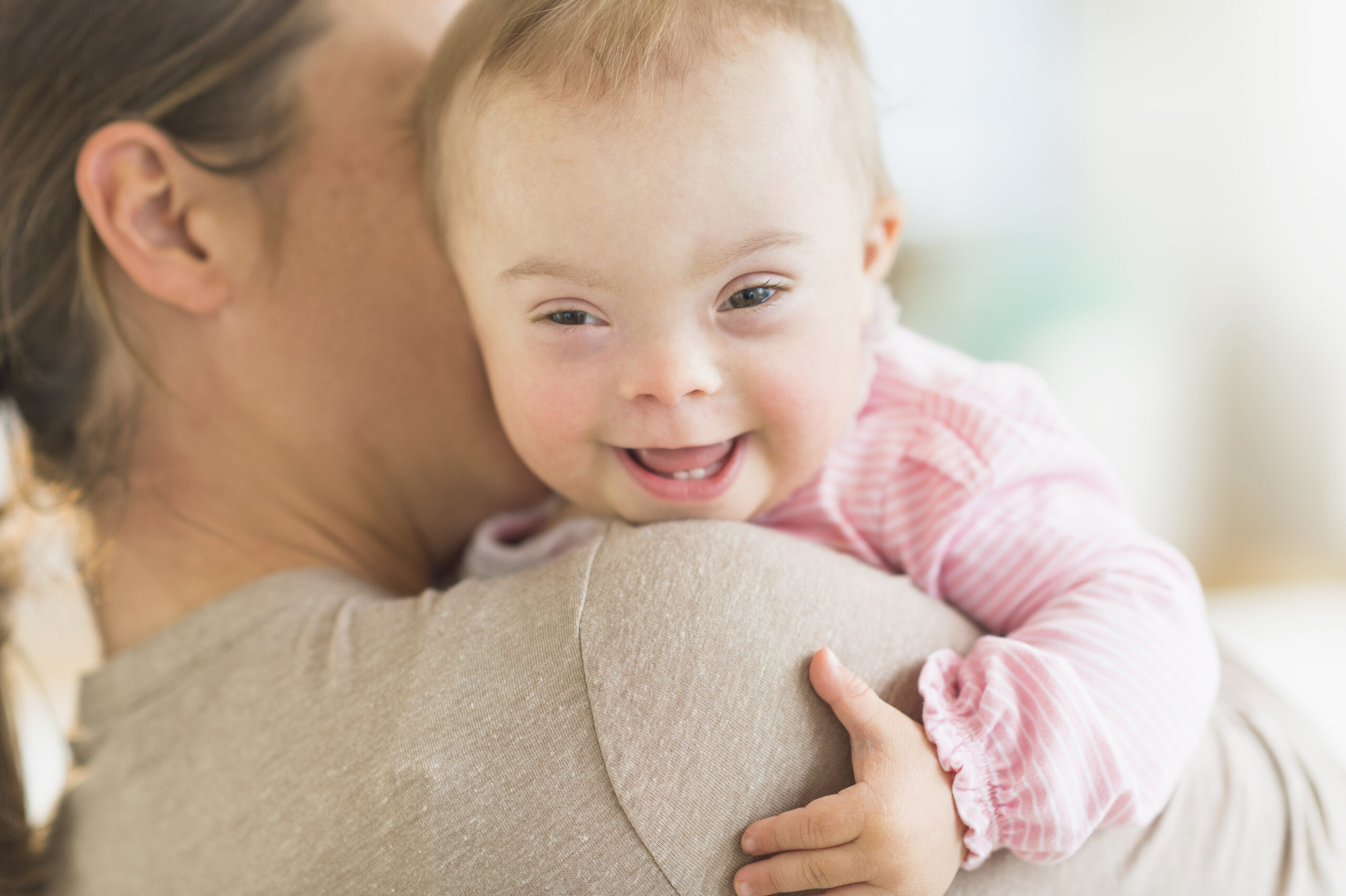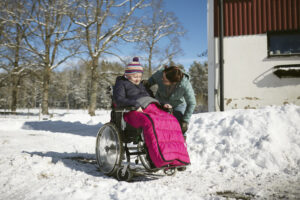Birth defects affect millions of families worldwide, yet they are often misunderstood or stigmatized. According to the Centers for Disease Control and Prevention (CDC), birth defects are common, as they affect “one in every 33 babies born in the United States each year. They are the leading cause of infant deaths, accounting for 20 percent, or one in five, of all infant deaths.”
January is Birth Defects Awareness Month; an observance created to raise awareness and share birth defects prevention tips. This blog aims to shed light on birth defects and prevention strategies.
What are birth defects?
According to Cleveland Clinic, birth defects are abnormal growth changes in a woman’s body that happen during fetal development. These changes can affect any part of a child’s body, including the heart, brain, limbs and internal organs. Cleveland Clinic states that birth defects may be detected before birth, at birth or later in life. The severity of birth defects varies widely, ranging from mild issues that require minimal intervention to life-threatening conditions requiring immediate and ongoing medical care.
Causes and risk factors
While the CDC does not know what causes all birth defects, healthcare professionals believe they are caused by a complex mix of factors, including our genes, behaviors and environment.
Genetic factors can raise the risk of a child developing a birth defect such as a mother having certain medical conditions like uncontrolled diabetes or having someone with a birth defect in her family.
A mother’s behaviors can also put her child at risk of birth defects like taking drugs and drinking alcohol during pregnancy or taking certain medications like isotretinoin to treat acne.
Additionally, a mother’s health can affect whether her child develops a birth defect such as contracting certain conditions during pregnancy like cytomegalovirus or Zika. The age of the mother can also contribute to birth defects; older women have a higher risk for some effects like down syndrome, neural tube defects, cleft lip or palate, congenital inguinal hernia, and cardiac defects (National Library of Medicine). Lastly, having an elevated body temperature or a fever over 101oF can cause birth defects.
Fertility treatments are another factor that can raise the risk of birth defects. According to ABC News, a 2012 Australian study showed that 4,000 out of 300,000 babies were conceived through an assisted fertility method and eight percent of those babies conceived through assistance were born with birth defects compared to nearly 6 percent of babies who were conceived naturally. These birth defects included heart, genital, kidney, lung and muscle problems. Those conceived through fertility assistance were also more likely to have cerebral palsy.
Environmental factors that contribute to birth defects can include pesticides, tap water disinfection by-products, plastics and plastics components, solvents, metals and numerous air pollutants (National Library of Medicine).
Common types of birth defects
Below are descriptions of seven common types of birth defects. Congenital heart conditions affect the structure and function of the heart, these are the most common type of birth defect.
Neural Tube Defects (NTDs) are conditions like spina bifida and anencephaly that result from incomplete development of the brain, spine or spinal cord.
Cleft lip and palate conditions involve incomplete development of the lip or roof of the mouth.
Down syndrome is a genetic condition caused by an extra copy of chromosome 21, leading to developmental delays and physical characteristics.
Clubfoot is a condition where a baby’s foot is twisted out of shape or position.
Fetal alcohol syndrome occurs when a mother drinks alcohol during pregnancy, which can interfere with the baby’s development, causing physical and mental defects.
Sickle cell anemia is caused by genetic mutations that lead to abnormal red blood cells and anemia.
Tips for a healthy pregnancy
According to the CDC, birth defects occur for many reasons and not all birth defects can be prevented, but there are many precautions that pregnant women can take to decrease chances of birth defects in their babies.
- Take 400 micrograms (mcg) of folic acid every day.
- Try to prevent infections.
- Manage existing health conditions, such as diabetes or high blood pressure.
- See a healthcare professional regularly.
- Get recommended vaccines.
- Avoid alcohol, smoking and other recreational drugs.
- Talk to a healthcare professional about any medications you take.
- Maintain a healthy weight
- Avoid hot tubs or other environments that might cause overheating.
By increasing education about birth defects, raising awareness and encouraging healthy pregnancy habits, we can work toward healthier outcomes for all children. Maxim’s team of nurses, therapists and home health aides provides a comprehensive level of care and support for your child at home or at school. Learn more about our pediatric care options here: Pediatrics | Maxim Healthcare Services.



